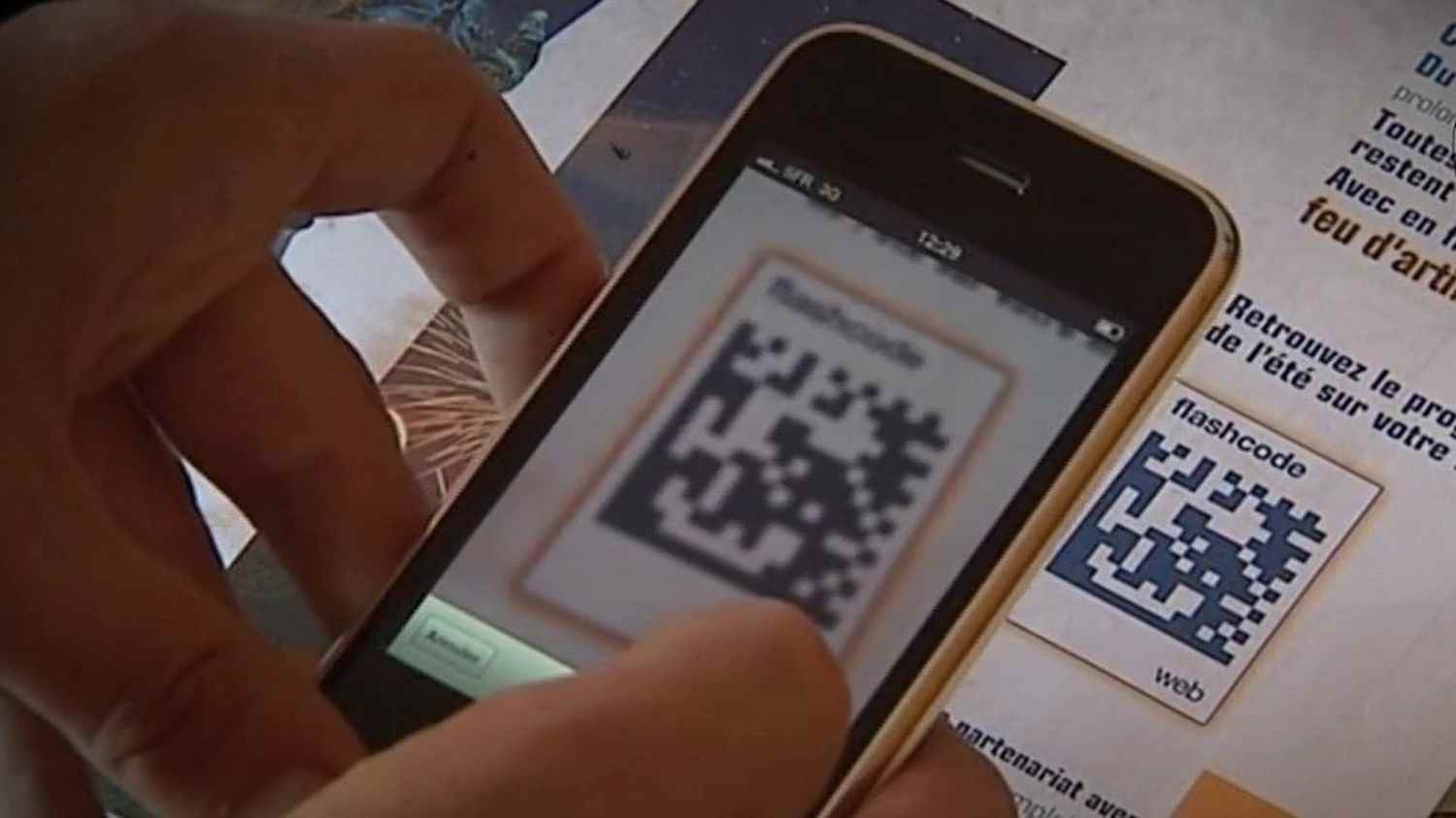Posted
Update
Article written by

Imagined during the 1990s by a Japanese engineer, the QR code is now part of our lives. Particularly useful with the pandemic, it simplifies access to certain information as well as financial transactions.
You may have noticed them on the metro, on your cinema tickets, in your supermarkets or on self-service bicycles. These are small black and white squares that have invaded our daily lives: QR codes. QR for “Quick Response”, quick response in French. The first prototypes were designed in 1994 by a Japanese engineer. With his team, he was looking for a new way to identify and trace automotive parts.
The traditional barcode can only contain 20 characters. The QR code can condense more than 4,000. The atypical design is inspired by the game of go, very popular in Japan. The creator has chosen not to file the patent, so that every company can use it for free.
In the early 2010s, it was the advent of the smartphone, which introduced the QR code to the general public. Ten years later, the pandemic imposes it with the health pass. To limit contact, some restaurants even have the idea of swapping the card menu and the bill for this code.
The QR code knows how to reinvent itself, to better meet our needs. For the past week, in a high-end bike shop, it has been possible to pay for purchases by instant bank transfer with your phone. “It allows us not to pay commissions, and not to go through the credit card to avoid ceiling problems. So it’s much easier”, explains the manager. The QR code should become widespread in the daily life of the French: on papers, like the new digital identity card and why not, tomorrow, to contain medical information.
the news at 8 p.m.
Every day, receive your 8 p.m. news directly
Newsletter subscription
France Télévisions uses your email address to send you newsletters.
articles on the same topic
Seen from Europe
Franceinfo selects daily content from European public audiovisual media, members of Eurovision. These contents are published in English or French.
